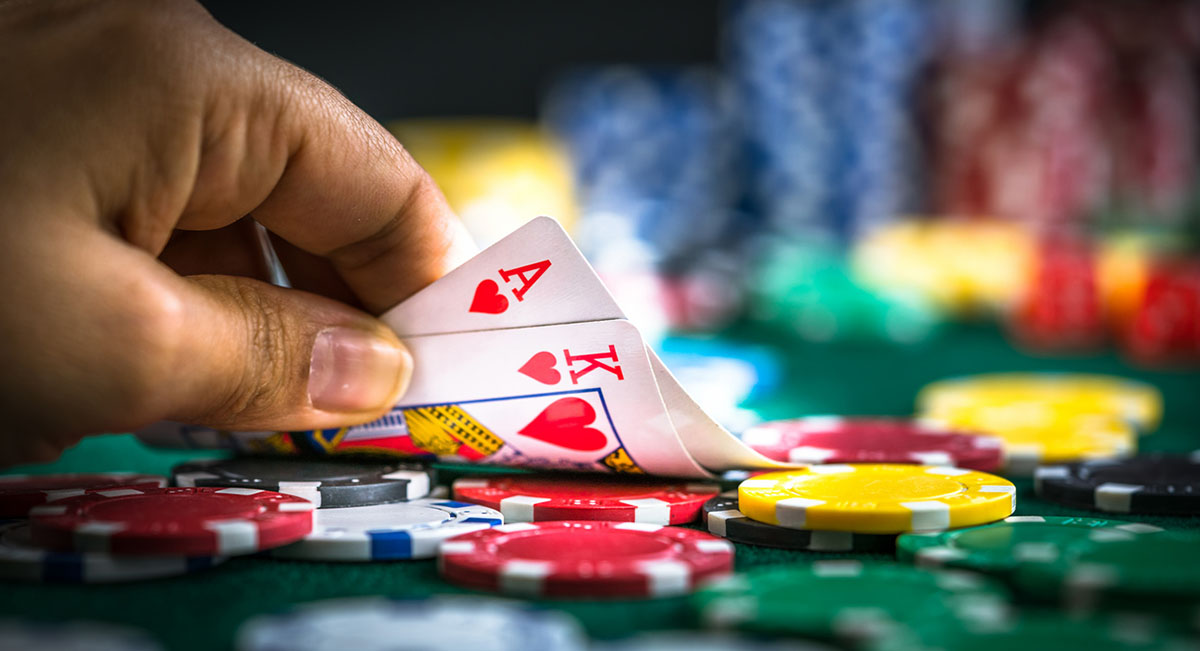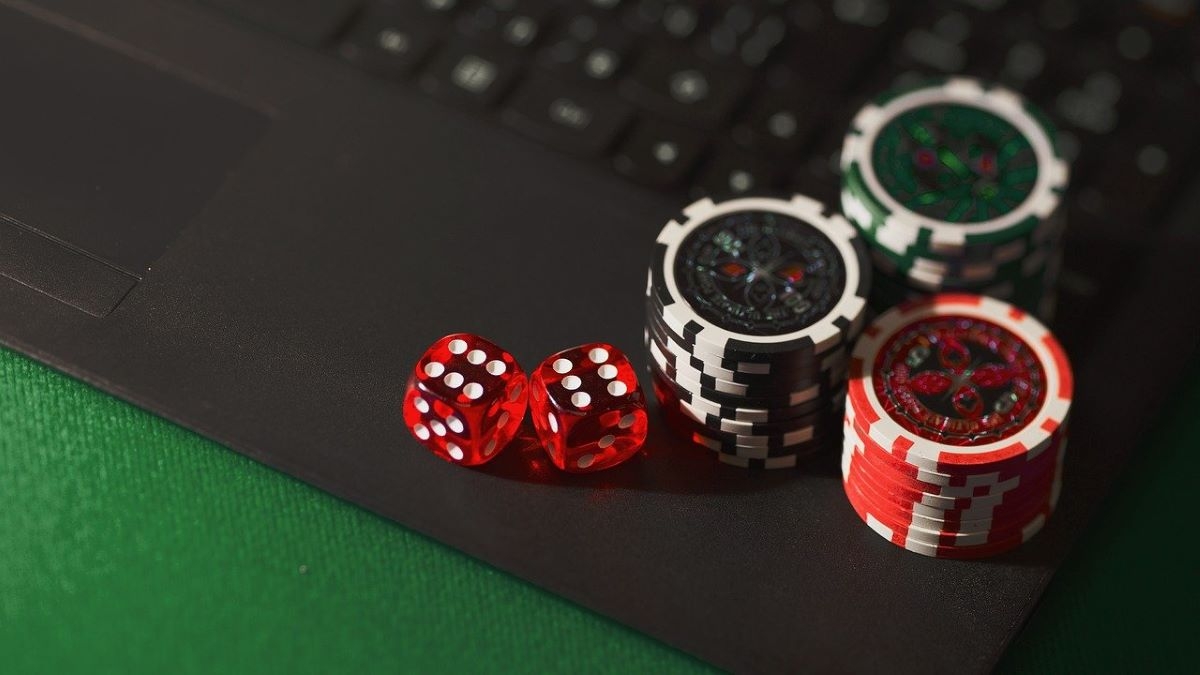
Exploiting Common Behavioral Biases in Canadian Poker Opponents
Understanding and exploiting the common behavioral biases of your Canadian poker opponents can significantly enhance your edge at the table. Each player, regardless of their level of experience, is prone to certain predictable patterns of thinking and decision-making that, when identified, can be used to your advantage. This exploration focuses on key biases like overconfidence, aversion to loss, and the anchoring effect, providing practical ways to spot and leverage them during gameplay.
Recognizing Tilt and Its Causes
When a player starts making decisions based on emotions rather than logic, they’re on tilt. This often happens after a series of losses or a particularly bad beat. Opponents in this state tend to make rash bets and ignore the strength of their hand. Spotting someone on tilt gives you a chance to exploit their weakened decision-making by playing tighter and waiting for strong hands to punish their aggression.
Understanding Overconfidence
Overconfidence shows up when a player has had a string of wins or has just taken down a big pot. They might start playing too many hands, overestimating their abilities. This bias gives you an opportunity. By identifying when your opponent’s confidence is overshadowing their judgment, you can adjust your strategy. Play more cautiously against their strong hands, but don’t hesitate to call them down or raise when you sense they’re overplaying a mediocre hand.
The Concept of Anchoring
Players often become anchored to certain hands or outcomes. For example, if someone has won big with a particular starting hand, they might overvalue that hand in the future. Pay attention to comments or reactions that indicate a player’s fondness for certain hands. Use this information to predict their action in similar situations and adjust your play accordingly. Trapping and bluffing become more effective against players anchored to specific assumptions.
Misjudging Probability and Outcome Bias
Many poker players struggle with assessing the probabilities of different outcomes accurately. They might see a rare outcome, like hitting a straight flush, and overestimate the likelihood of it happening again. This bias is particularly exploitable in games where odds and outs matter significantly. By understanding the actual odds better than your opponents, you can make more profitable decisions over time.
Being aware of outcome bias is also crucial. Players often judge the quality of a decision based on the outcome rather than the decision itself. If an opponent takes a bad beat after a risky play that worked out, they might be more inclined to make similarly risky plays in the future. Recognizing this can allow you to adjust your strategy to exploit their tendency for unnecessary risks.
Bandwagon Effect
The bandwagon effect refers to the tendency of players to adapt their play based on the actions or success of others at the table. For instance, if aggressive play has been rewarding for one or two players, others might start adopting a similar style, regardless of whether it suits their hand or situation. Identifying when players are following the bandwagon allows you to anticipate changes in the game’s dynamic and exploit shifts in playing styles that are not rooted in sound poker strategy.
Do Battle Face to Face
Exploring casino poker in Canada can serve as a strategic move for players keen on mastering the art of leveraging behavioral biases in poker. The Canadian poker scene, with its wide variety of opponents, provides a rich ground for practicing and refining techniques that capitalize on understanding these biases. This environment allows players to directly apply theoretical knowledge about opponent behavior, significantly improving their game by adapting to and anticipating the moves of diverse opponents.
Final Thoughts
Understanding and exploiting behavioral biases in Canadian poker requires keen observation and adaptability. By recognizing patterns in opponents’ behavior and adjusting your strategy accordingly, you significantly increase your chances of success. Remember, the key is not just to spot these biases but to respond in ways that misuse your opponents’ skewed perceptions. With practice and patience, turning these psychological insights into a winning edge at the table becomes second nature.








